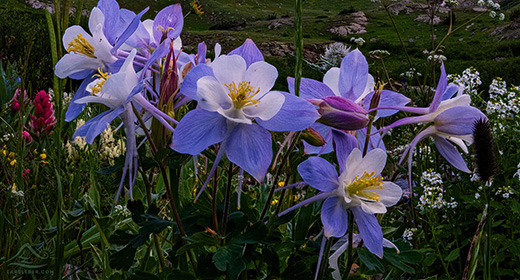The term Ashtanga Yoga refers to two different things…

First, it refers to a highly spiritual ancient practice that is explained in Yoga Sutras. Second, it refers to a modern style yoga practice that has a strong physical aspect.
The ancient path of Ashtanga systematized by Patanjali and it is called the Raja yoga. The word ‘Ashtanga’ literally means eight limbed. The system of Patanjali offers an eight-limbed spiritual path on the way of self-realization. And that is why Raja yoga is sometimes referred as the Ashtanga yoga. But in this blog, we will not focus on the Patanjali’s Ashtanga system.
If you wish to learn more about the 8 limbed system of Patanjali you may check out this article
The Ashtanga yoga we will focus on is the one that you would see on the schedules of the yoga studios. Ashtanga is a type of Hatha Yoga, i.e. a physical type of yoga with the practice of Asanas.
In the beginning of 20th century, K. Pattabhi Jois introduced the Ashtanga style to the Western world. It is not a coincidence that the name Ashtanga was chosen for this physical yoga style. The system was influenced by Patanjali’s eight-fold way. In the modern Ashtanga Yoga all the eight limbs of Patanjali’s system are respected and acknowledged. Yet, the physical aspect plays the primary role in the modern Ashtanga style.
Ashtanga is a very vigorous physical asana practice which utilizes fixed sequences of Asanas.
Beginner Ashtanga yogins practice a certain sequence called the primary series until they are ready for the intermediate series. There are 6 sequences of Asanas in the Ashtanga style, appropriate for different levels of practitioners. At this point I need to say that even the primary series offers a very challenging practice. Practitioners usually devote their practices to this style so deeply that we have a term for them. We call these devoted Ashtanga yoga practitioners as Ashtangis.
The Ashtanga practice begins with five rounds of Sun Salutation A and five rounds of Sun Salutation B. The asanas that are done after this warm up are held between 5 to 8 breaths. Between each posture a dynamic Vinyasa flow is added, so the body is kept warm. Sweating is an important aspect of Ashtanga Yoga practice. Sweating cleanses the toxins so the body can function more efficiently. So the series of Ashtanga Yoga make sure that you sweat, a lot…
Another very important aspect of Ashtanga Yoga practice is the breath. Ashtanga practitioners breathe through their nostrils. The inhalation length is the same with the length of the exhalation. Also, it is preferred if the breath has a sound resembling the sound of the ocean. For many this definition corresponds to Ujjayi pranayama. But according to Pattabhi Jois the breath needs to be neutral and one should not focus on any Pranayama technique.
The direction of the gaze is another vital aspect in Ashtanga practice. To steady the mind, to focus, the practitioner focuses the gaze at a certain point. The focus of the gaze is called the Drishti. The term Drishti is usually translated as the yogic gaze. For each Asana in the Ashtanga series there is a certain focal point for the gaze.
Sometimes when you look at the studio schedules and you see a little explanation next to the Ashtanga classes saying, “Mysore style”. What does that mean? The home of Ashtanga yoga is Mysore in India. K. Pattabhi Jois led his classes at Mysore. In these classes the Ashtanga yogins would come and practice their Ashtanga series fit to their levels of practice without a teacher leading them. The Ashtanga yoga teachers in the class observe and help the practitioners one by one. So, when you see that the Ashtanga class that you are intended to join is in Mysore style, you can assume that the teaching style will be in those lines.
The guidance will not come as leading the whole class through the Asanas but it will come through individual adjustments. It might be a good idea to bring one of those charts that shows the Ashtanga series if you do not know the series by heart.
Although Ashtanga is a very vigorous physical practice it does not mean that is is only open to certain body types. In K. Pattabhi Jois’s own words: “… whether you do your first downward dog at 14 or 44, it’s not your history but your presence on your mat that counts.”









































